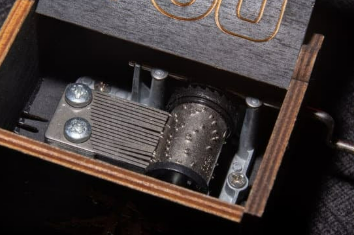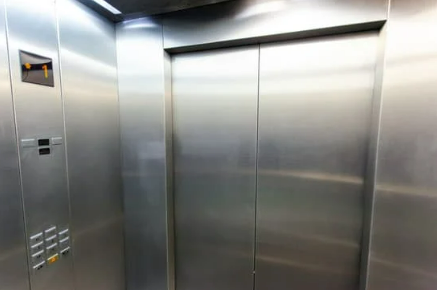by: Victoria Brun
What’s the difference between a 5,000-word story and a 100-word story? If you said 4,900 words, you are technically correct but also boring.
These 100-word stories (also known as drabbles) are different beasts, and readers consume them in a different way than longer works. Here are four such distinctions to consider when crafting your next 100-word story.
1. The reader probably read the whole story.
In the modern world of abundant distracting content, busy schedules, and limited attention spans, the chance that a given reader will finish a long-form text is, sadly not high, especially when reading on a screen. In fact, the average website visitor only reads an estimated 20% of words and spends 54 seconds on any given webpage.
It’s not a lot of time. However, it is enough time to read a drabble. In fact, you could read it twice in that time if you’re speedy.
The same goes for editors and slush readers making selection decisions. Editors of longer works probably won’t read your entire piece unless they fall in love with the opening. However, for a drabble, they’ll likely stick around until the end even if they find the opening confusing. This takes some of the pressure off needing to hook the reader in the first line for fear they’ll jump ship—although a captivating start is still an asset.
Readers will also typically finish a drabble in a single sitting.
In his essay on microfiction, Spyros Kiosses notes that “smaller texts foster a sense of ‘unity’ or ‘totality’ of the literary experience” because they are consumed as a whole, uninterrupted by the reader’s daily life.
2. The entire story fits on one page (or screen).
The 100-word story is well suited to the modern reader, as it nicely fits on a mobile screen with little-to-no scrolling required. This is important because, as of 2023, over half of website traffic comes from mobile devices, and this number is likely to grow.
This may seem like a small thing, but it gives the reader a different experience than longer works of fiction. The ending is never hidden from them. It’s lurking on the screen the whole time, just a few lines below the title, tempting them to take a peek.
And once they finish reading, they can quickly glance back up at the start, perhaps seeing the opening—or the entire story—in a new light. (Want an example? Check out “Short” by Liam Hogan.)
3. You can trust the reader more.
This trust is one of the great appeals of the 100-word story. You can ask the reader to do more work, because it’s just 100 words. You can ask them to be attentive. To read between the lines. To look for hints and clues and to stay with you until the end when you, perhaps, reveal the detail that changes everything.
In this way, the reader of the 100-word story is more like a poetry reader than a novel reader. They don’t need—or even want—all the details.
No, the drabble reader doesn’t want to be handed a map. They want to peer through a peephole and glimpse a tiny fragment of a different world—and then create the rest in their own mind.
For this reason, Kiosses goes as far as to call the reader a “co-author.”
“Microfiction strips the narrative process to the nude and balances this reduction by giving the reader the opportunity to co-author the text,” he says.
4. The reader knows exactly how long it is.
You may argue that the reader can always tell how long the story is. Whether scrolling or turning physical pages, they can tell they’re near the end (unless, of course, they’re reading Chuck Palahniuk’s Invisible Monsters Remix [If you haven’t read this, put it on your list. It’s worth your time despite being well over 100 words.]).
However, those examples give the reader a hazier sense of progress than is possible with the exacting wordcount of the drabble, where every word ticks off 1% of the story.
With the drabble’s meager word count, the reader has a great sense of how many words are left. Because of this, the reader knows precisely when to expect the traditional story beats—particularly the turn toward the resolution.
And this is where a skilled drabble writer can play with their expectations.
The drabble’s precise length is also one of the joys of reading several drabbles in a row. Even though each story is different in tone, pacing, and content, together they share a rhythm created by their matching word count.
So what?
The 100-word form gives the reader a unique experience not provided by longer texts. As a writer, you can take advantage of this. Elevate their experience by twisting these differences to your advantage.
The drabble is a limiting form, but these limitations are also opportunities. Trust the reader. Give them a complete experience—but also play with their expectations. Turn the limitation into strengths.
Posted August 6, 2024.




